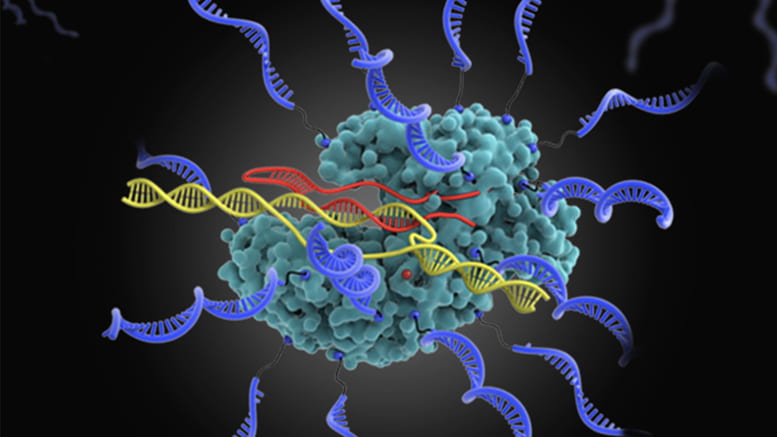Northwestern researchers discover new applications for CRISPR gene editing
October 14, 2022

A team of Northwestern researchers, led by Professor Chad Mirkin, have created a system for gene editing that may help future scientists develop CRISPR-based therapeutics.
The research, titled “CRISPR Spherical Nucleic Acids,” was published last week in the Journal of the American Chemical Society. It explains how CRISPR SNAs (spheronucleic acids) can be sent through the cell membrane and into the nucleus while also retaining gene editing capabilities. The team was able to use chemical design and synthesis to overcome CRISPR’s most significant limitation.
The foundation of the research was primarily based on Mirkin’s extensive career in nanotechnology. Mirkin is the George B. Rathmann Professor of Chemistry in the Weinberg College of Arts and Sciences at Northwestern and director of the International Institute for Nanotechnology. Mirkin also is a professor of chemical and biological engineering, biomedical engineering and materials science and engineering in the McCormick School of Engineering and a professor of medicine at Northwestern University Feinberg School of Medicine. He is also a member of the Robert H. Lurie Comprehensive Cancer Center of Northwestern.
“These novel nano-structures provide a path for researchers to broaden the scope of CRISPR utility by dramatically expanding the types of cells and tissues that the CRISPR machinery can be delivered to,” said Mirkin. “We already know SNAs provide privileged access to the skin, the brain, the eyes, the immune system, the GI track, heart and lungs. When this type of access is coupled to one of the most important innovations in biomedical science in the last quarter-century, good things will follow.”
Learn more in Northwestern Now’s article, “Discovery broadens scope of use of CRISPR gene editing.”




